Really getting discouraged with plums
sujiwan_gw 6b MD/PA
9 years ago
Related Stories

FRUIT TREESHow to Grow Your Own Juicy Plums
Easier than other stone fruits and with a variety of colors to choose from, plums are a versatile garden addition
Full Story
COLORColor Guide: How to Work With Plum
Glam or grounding, this luscious, vibrant hue can bring richness to rooms from old-world traditional to minimalist modern
Full Story
COLORBest Ways to Use Exclusive Plum, Sherwin-Williams’ Color of 2014
Pretty, moody, maybe even a neutral, this toned-down grayish purple can work in any room. Here's how
Full Story
ARTShow News: Rare Quilts Get Museum Time
See 6 intricate designs from a California exhibition and get tips for building your own quilt collection
Full Story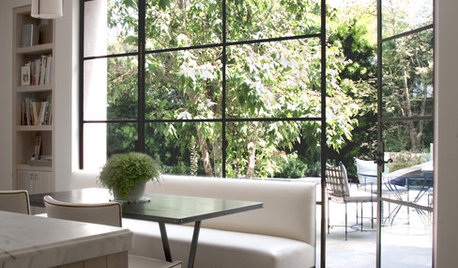
HOUSEKEEPINGThe Best Way to Get Your Windows Spotlessly Clean
Learn the pros’ tips and tricks for cleaning windows and getting them streak-free
Full Story
SMALL SPACESGetting a Roommate? Ideas for Making Shared Spaces More Comfortable
Here are tips and tricks for dividing your space so everyone gets the privacy they need
Full Story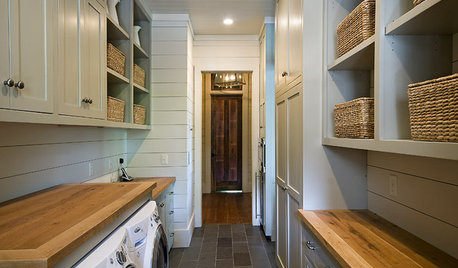
LIFE3 Ways to Get Unstuck — About Organizing, Decorating, Whatever
Break out of the do-nothing rut to accomplish your goals, whether at home or in other parts of your life
Full Story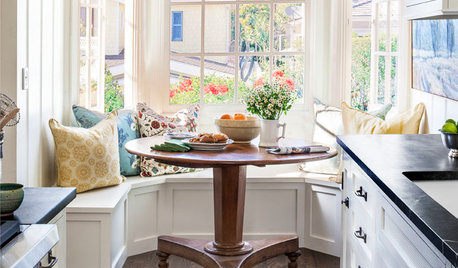
SMALL HOMESHouzz Tour: A Beach Cottage Gets Its Vibe Back
Historically accurate details restore the 1940s charm of a Laguna Beach home
Full Story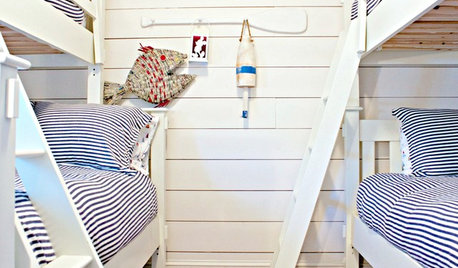
DECORATING GUIDES15 Ways to Get Your Home in a Summer Mood
Bask in the easygoing spirit of summer with breezy touches indoors and out
Full Story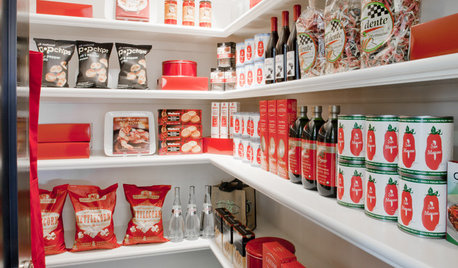
KITCHEN STORAGEGet It Done: How to Clean Out the Pantry
Crumbs, dust bunnies and old cocoa, beware — your pantry time is up
Full Story







fireduck
alan haigh
Related Professionals
Ferndale Landscape Architects & Landscape Designers · Goodyear Landscape Contractors · Beachwood Landscape Contractors · Bloomington Landscape Contractors · Bridgeview Landscape Contractors · Broadlands Landscape Contractors · Darien Landscape Contractors · Desert Hot Springs Landscape Contractors · Englewood Landscape Contractors · Galt Landscape Contractors · Kailua Landscape Contractors · Live Oak Landscape Contractors · Seven Hills Landscape Contractors · South Farmingdale Landscape Contractors · Wanaque Landscape Contractorsriverman1
Scott F Smith
mrsg47
sujiwan_gw 6b MD/PAOriginal Author
marc5
bennylafleur
bennylafleur